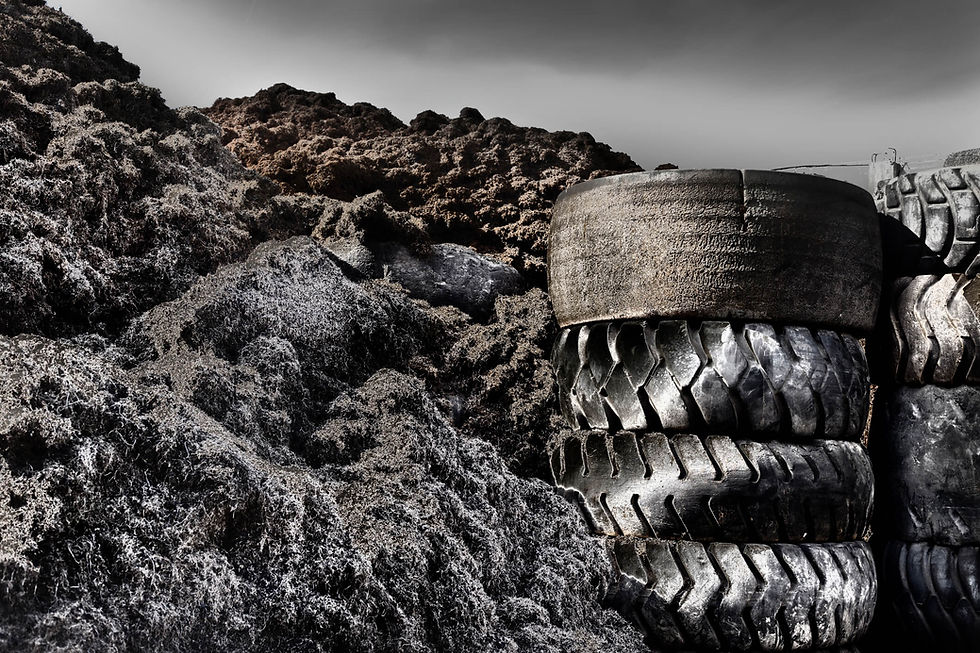Billions of People Still Suffer from Lack of Household Water, Sanitation
- The Earth & I Editorial Team

- Oct 19, 2022
- 1 min read
Updated: Mar 11, 2023
Global data from WHO and UNICEF finds household access to clean water, sanitation, and hygiene remains a challenge in parts of the world.

In 2020, 90% of the world’s population had access to at least “basic” drinking water services, such as pipes and wells. This was up from 88% in 2015.
However, 2 billion people lack access to “safely managed” domestic drinking water, or water that is clean, uncontaminated, and accessible at home.
About 80% of people who lack drinking water services live in rural areas.
Some 2.3 billion people lack soap and water at home, including 670 million people with no handwashing facilities.
Some 3.6 billion people, or almost half the world population, lack safe sanitation at home. Almost 500 million people still practice open defecation.
Millions suffer worldwide from neglected tropical diseases (NTDs), many of which are water-related or hygiene-related.
One such disease is Trachoma, the world’s leading cause of preventable blindness. Forty-one million people are estimated to suffer from active trachoma, with about 10 million visually impaired or irreversibly blind as a result.
Global access to safe drinking water, sanitation and hygiene could reduce the burden of global disease by 10%.
Improved sanitation between 2000 and 2016 contributed to a 10% decrease in diarrheal deaths globally, and a 15% decrease in diarrheal deaths in Southeast Asia, East Asia, and Oceania.







Comments